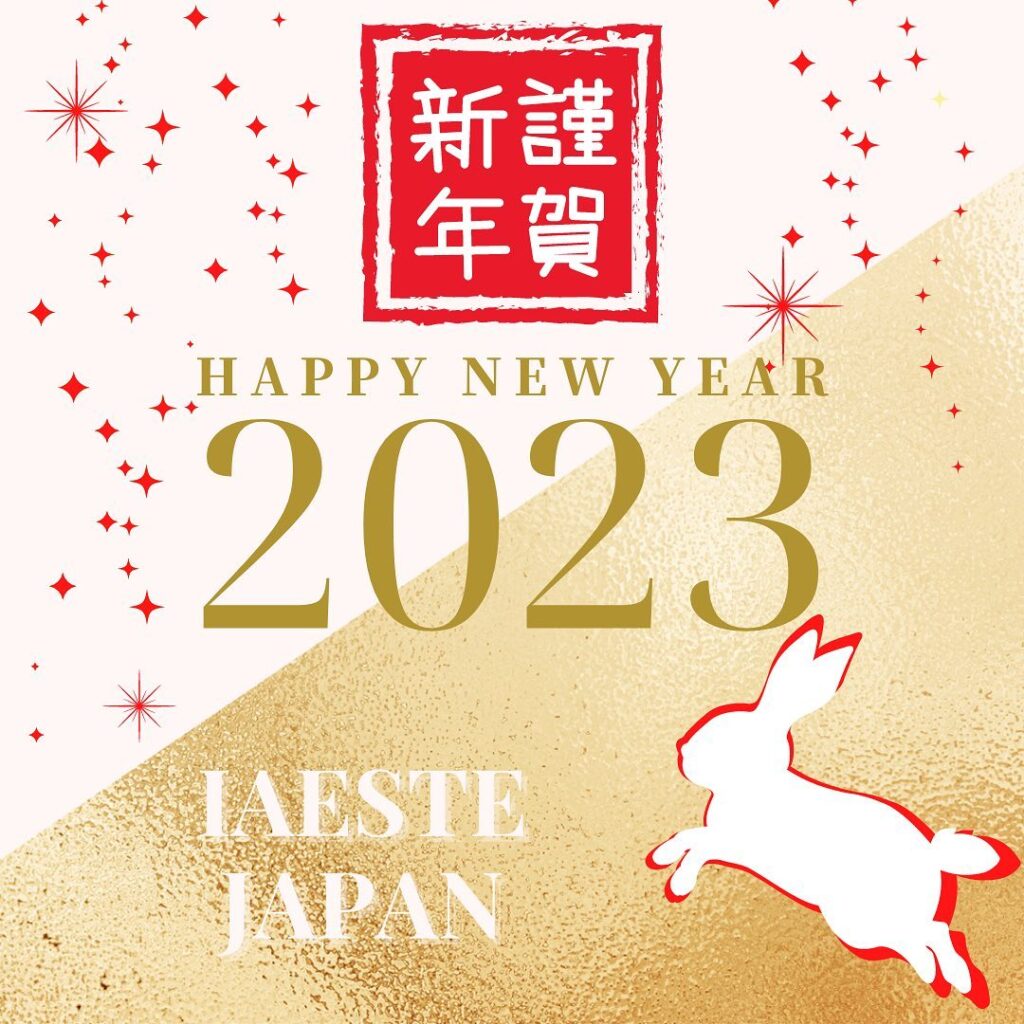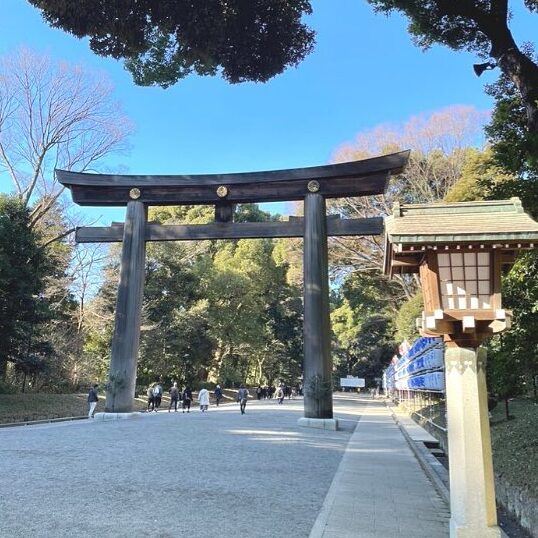Happy New Year 2023
Happy new year?

[Ozoni and Osechi]

We would like to introduce new year’s dishes and a Shinto shrine.
Most people eats “Osechi” and “Ozoni” in Japan.
The origin of “Osechi” cuisine comes from 御節供(osechiku), food that was offered to Toshigami (the god who comes to New Year's) on celebratory occasions. We offer food to the gods to pray for health and prosperity in the new year, and is eaten after the new year. Each ingredient and menu of “Osechi” has a wish.
For example, shrimp have long beards and curved bodies that are like old people, and have been regarded as a symbol of longevity. Therefore, it is used as an ingredient in “Osechi” with the hope that you will spend the new year in good health and live a long life until your waist bends.
Rice cake is essential for “Ozoni”. It is said that this custom began with offering rice cakes made from the rice harvested the previous year to welcome Toshigami on New Year's Day, followed by “Ozoni”.
[Meiji Shrine]




Meiji Jingu is a Shinto shrine located in Shibuya, Tokyo. It has the highest number of worshipers in Japan every year for New Year's visits. You can see historical books and buildings from the Meiji era and feel the history and culture of Japan more strongly than a general shrine. Omikuji is also unique. Lessons are drawn instead of fortune-telling.
Let’s go when you come to Japan!!!



